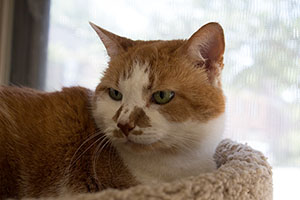Lossy compression algorithm
Lossy compression algorithm refers to any encoding procedure that aims to represent a certain amount of information using a smaller amount of it, making an exact reconstruction of the original data impossible. This is because instead of saving an exact copy, only an approximation is saved. This approach takes advantage of the limitations of human perception to hide the distortion introduced.
These algorithms are very useful for saving photographic images that would otherwise take up a lot of space making it difficult to transmit and store them. An example of a lossy algorithm is JPEG. Other examples are JPEG2000 and BTTC (Bynary tree triangular coding).
Overview
Lossy compression is only useful when exact reconstruction is not essential for the information to make sense. The reconstructed information is only an approximation of the original information. It is usually restricted to analog information that has been digitized (images, audio, video, etc.), where the information can be "similar" and, at the same time, to be subjectively the same. Its biggest advantage lies in the high compression ratios it offers as opposed to a lossless compression algorithm.
Lossy compression accepts a loss of data in order to improve the compression factor. It is generally applied to the digital storage of analog data such as graphics and sound files. The great advantage of lossy compression is to achieve a higher compression rate at the cost of suffering a loss of information about the original image.
Detailed view
Lossy compression methods
Lossy image compression
- One method is to reduce the color space of the image to the most common colors within the same image. This is often used in GIF format images and sometimes in PNG images to give rise to smaller files. When used in the correct type of images and combined with tramado, it can result in images almost identical to the originals.
- Fractal compression
- JPEG
- Compression Wavelet
Lossy video compression
- Flash (also supports JPEG sprites)
- H.261
- H.263
- H.264/MPEG-4 AVC
- MNG (admite sprites JPEG)
- Motion JPEG
- MPEG-1
- MPEG-2
- MPEG-4
- OGG
- Theora
- Sorenson video codec
- VC-1
- MP4
Lossy Audio Compression
Audio
- AAC
- ADPCM
- ATRAC
- Dolby AC-3
- DTS
- MP2
- MP3
- Musepack
- OGG
- Vorbis
- WMA
- Opus (CELT)
Speech/Dialogue
- CELP
- G.711
- G.726
- HILN
- Speex
- AMR
- Opus (SILK)
References
Contenido relacionado
Verdana
File Transfer Protocol
Eric S. Raymond

